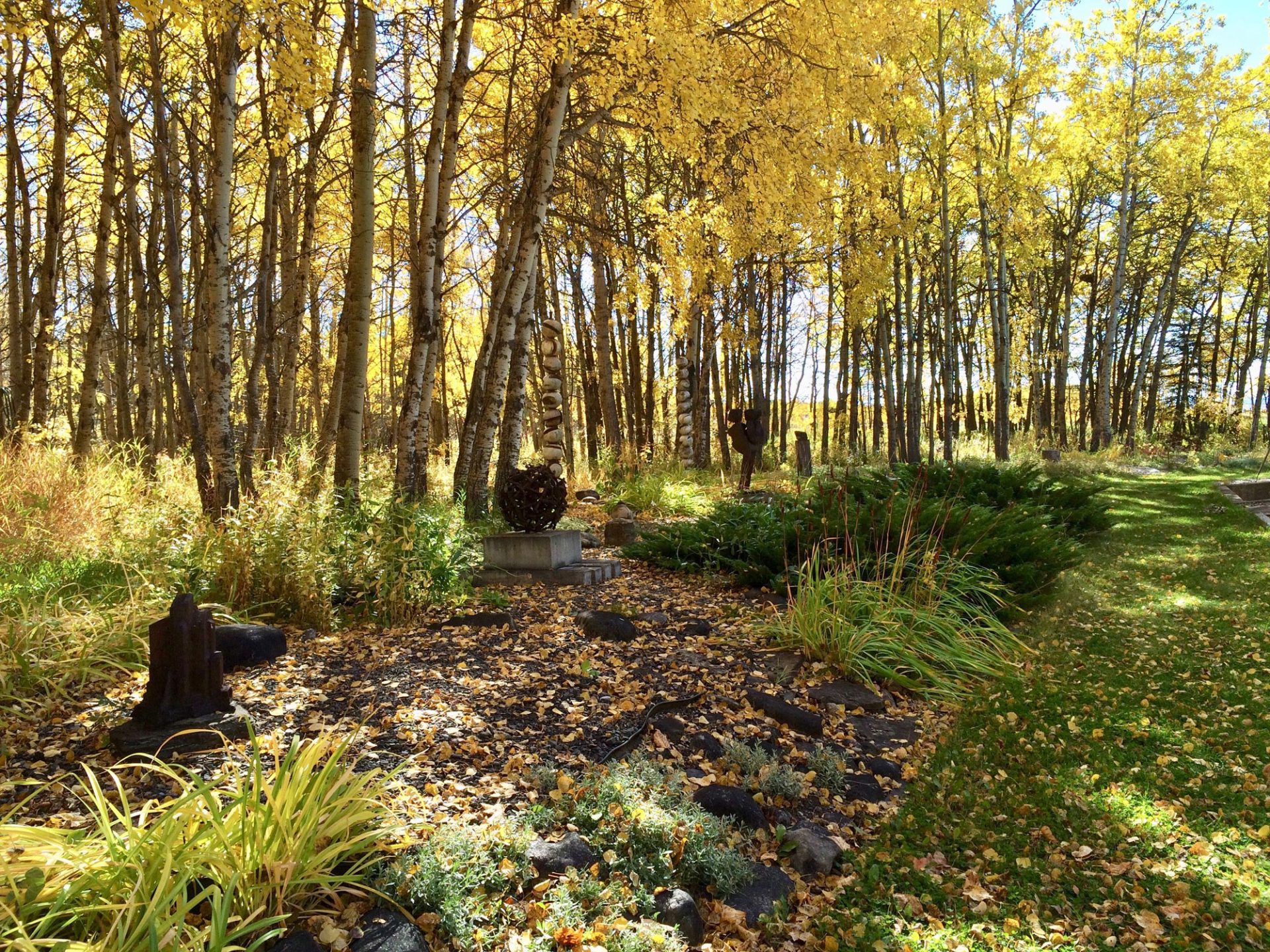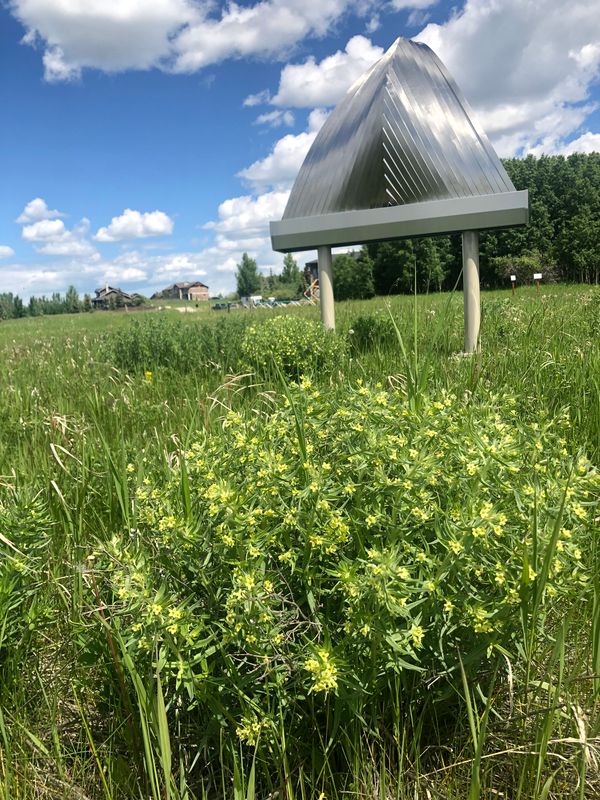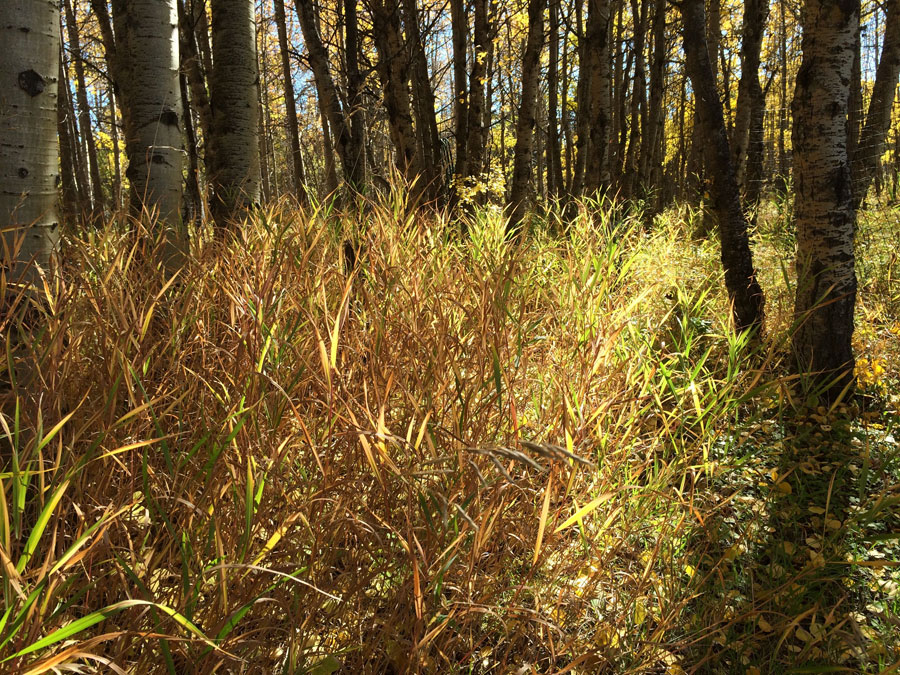Conservation vs Preservation: Understanding the Difference
It can be a challenge to know a landscape – if that’s all that’s left.
Landscape changes all the time and human intervention with that process of change results in an outcome we can’t project.
Opening the west to settlers necessitated land surveys to establish parcels of land for agriculture. Surveys, on grid methodology, took no notice of ecological features hence property lines often dissected elements such as wetlands. The landscape was commodified and became referenced as a natural resource – an asset in the development of a nation.
Springbank was named after Springbank Creek because of the numerous springs coming from the sides of lesser coulees. Settlement favored location near these areas. The area has changed considerably since the name Springbank was given to the school district in 1887. With growing proximity to the City of Calgary, farms gradually gave way to 20-acre parcels and as the city crept closer – to smaller holdings for residential use.
Today, KOAC’s 10-acre woodlands on the eastern escarpment is a precious reminder of the land in an earlier time. With the increased popularity of the sculpture park, consideration is given to the future of this historic legacy for current and future use.
As a beginning in determining its future, it is beneficial to ensure that care be taken in the use of terminology. The words “conservation” and “preservation” are both protection processes – but with different approaches although the words are often used interchangeably. The National Geographic notes that conservation protects the environment through responsible use of natural resources and preservation protects the environment from harmful human activities. As an example, conserving a forest involves sustainable logging practices to minimize deforestation. Preservation involves setting aside part or all of the forest from human development to protect the ecosystem.
Preservation is fundamental to the idea of deep ecology – the philosophy that recognizes the inherent worth of all living beings, regardless of their instrumental utility to human needs. It requires an enduring land ethic and establishment of land use policies.
As outlined in the January 2024 KOAC newsletter, for the past 18 months the KOAC woodland sanctuary has been the centre of my research and has proven its benefit in introducing artists and the general public to the benefits of connecting with the land. Four key areas of research theory (biophilia, phenomenology, spiritual ecology and relational aesthetics) have provided a scholarly basis for inquiry and dissemination of information. Biophilia proposes that humans have a genetic makeup to affiliate with nature – we are innately attracted to nature but separation has occurred in parallel with economic development. Phenomenology is a method of philosophical inquiry that rejects western rationalist bias in favor of reflective attentiveness that discloses our lived experience. Spiritual ecology acknowledges that ecological renewal and sustainability depends upon spiritual awareness and an attitude of responsibility. It provides ways of knowing the world in relationship to land. Relational aesthetics is known in the art world as a movement fostering engagement through interaction which facilitates community among participants. We share, understand, and appreciate with our various senses, our body, our spirit.
The KOAC woodland sanctuary holds a special legacy which can, through preservation, provide inspiration and potential for reconnection to the land for current and future generations. As an important segment of the arts centre, it can foster programs of awareness and renewal for everyone.
Gail Hinchliffe
MFA Candidate
University of Calgary
Today, KOAC’s 10-acre woodlands on the eastern escarpment is a precious reminder of the land in an earlier time. With the increased popularity of the sculpture park, consideration is given to the future of this historic legacy for current and future use.
Preservation is fundamental to the idea of deep ecology – the philosophy that recognizes the inherent worth of all living beings, regardless of their instrumental utility to human needs. It requires an enduring land ethic and establishment of land use policies.
We extend our sincere gratitude to Gail Hinchliffe for her insightful research on the KOAC site, and we encourage readers to stay tuned for her June reception, where she will delve into her findings in depth.




